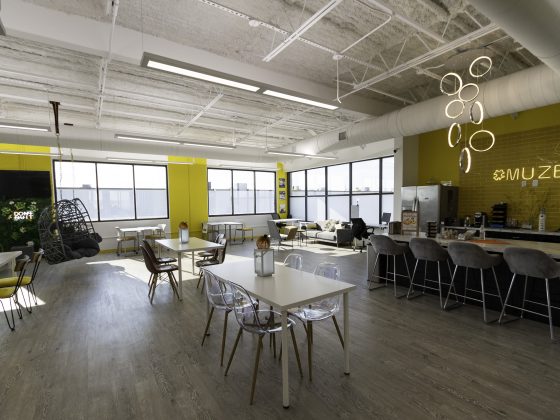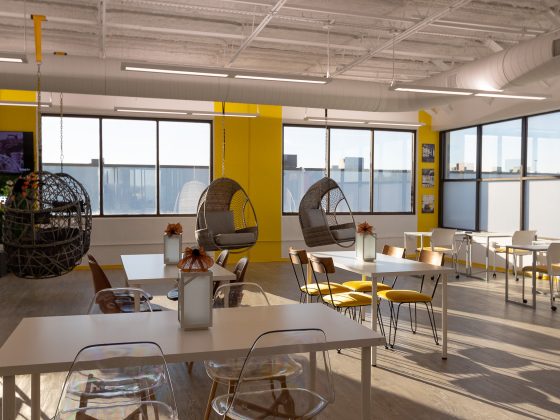A well-designed office is more than just its physical layout and aesthetics. One of the key factors that can significantly impact employee productivity, satisfaction, and overall well-being is the office’s acoustic environment. In this ultimate guide, we will explore the importance of office acoustics, common acoustic issues, and practical solutions to create a sound environment for work.
The Importance of Office Acoustics
Office acoustics refer to the way sound travels, interacts, and behaves within a workspace. A well-optimized acoustic environment enhances employee focus and productivity, reduces stress levels, and fosters effective communication. Poor office acoustics, on the other hand, can lead to increased distractions, reduced efficiency, and even health issues such as headaches, fatigue, and hearing problems.
Common Acoustic Issues in Offices
- Excessive noise: Open-plan offices, while promoting collaboration, can also be a source of excessive noise. Conversations, phone calls, and office equipment can all contribute to a noisy environment that hinders focus and concentration.
- Lack of privacy: Inadequate soundproofing and partitioning can result in a lack of privacy, making confidential conversations difficult and causing discomfort for employees.
- Echoes and reverberation: Hard surfaces and large open spaces can lead to echoes and reverberation, further amplifying sound levels and making speech difficult to understand.
Practical Solutions for Office Acoustics
- Sound-absorbing materials: Incorporate sound-absorbing materials such as acoustic ceiling tiles, wall panels, and carpeting to minimize noise levels and reduce reverberation. These materials can be both functional and aesthetically pleasing, adding to the office’s overall design.
- Partitions and screens: Use partitions, screens, or even plants to create separate work zones and provide visual and acoustic privacy. Movable partitions can offer flexibility for changing office layouts, while plants can also improve indoor air quality and overall well-being.
- Furniture selection: Choose office furniture designed to mitigate noise, such as chairs and desks with noise-dampening features or storage units that double as sound barriers.
- Designated quiet zones: Create designated quiet zones, such as private offices, meeting rooms, or dedicated focus areas, where employees can retreat for concentrated work or confidential conversations.
- Sound masking: Consider sound masking systems, which use background noise to mask conversations and other distracting noises, making the environment more comfortable and private.
- Employee awareness: Encourage employees to be mindful of their noise levels and consider providing noise-canceling headphones or earplugs for those who need extra focus.




